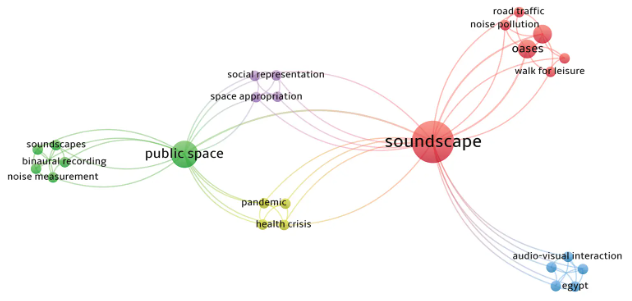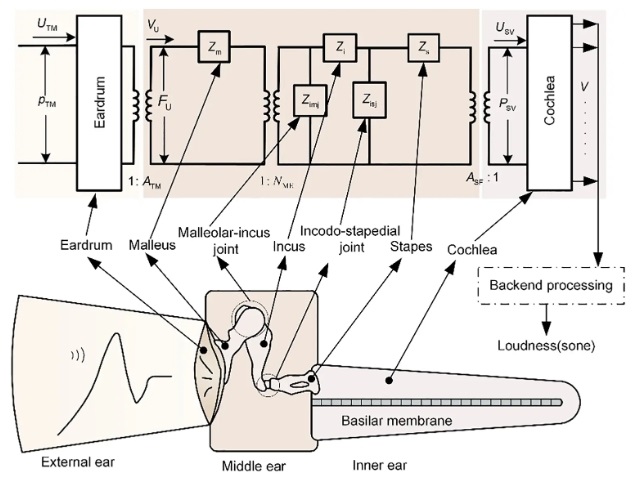Deadline for manuscript submissions: 15 July 2025
Special Issue Editors
Dr. Ali Tarkashvand Website E-Mail: tarkashvand_ali@yahoo.com
Iran University of Science and Technology, Iran
Interests: signal processing; vibrations; wave propagation; fluid-solid interaction; structural acoustics
Special Issue Information
Dear colleagues,
Innovative Advances in Fluid-Structure-Sound Interaction encapsulate a multifaceted exploration of how fluid dynamics, structural integrity, and acoustic phenomena intersect. If you are an author working in the dynamic field of fluid-structure-sound interaction, we encourage you to consider submitting your research to Sound and Vibration. This journal provides a platform for sharing innovative findings that present theory, experimentation, and application in this interdisciplinary area.
Theoretical Foundations: This section delves into the fundamental theories that govern fluid-structure-sound interactions. It may cover key principles from fluid mechanics, structural engineering, and acoustics, including mathematical models and simulations that predict how fluids behave around structures and how sound propagates through different media. Advanced theories, such as those involving turbulence, resonance, and wave propagation, are likely discussed to provide a comprehensive understanding of the dynamics at play.
Experimental Methodologies: The summary highlights innovative experimental techniques employed to study these interactions. This includes cutting-edge laboratory setups, computational fluid dynamics (CFD) simulations, and real-world testing scenarios. The integration of high-speed imaging, laser Doppler vibrometry, and acoustic measurement tools may be emphasized, showcasing how these methods yield valuable data that validate theoretical models and enhance understanding.
Interdisciplinary Applications: A significant focus is placed on the practical implications of these advances across various fields. In engineering, for instance, insights gained from fluid-structure-sound interactions can lead to more efficient designs in aerospace, automotive, and civil engineering, improving performance and safety. In architecture, understanding sound propagation can enhance acoustic comfort in buildings. Environmental applications may include studying the impact of wind on structures or the effects of water flow in natural habitats.
In discussing emerging trends and future research directions, it is essential to highlight the transformative role of machine learning in predicting fluid-structure-sound interactions. By leveraging advanced algorithms and data analytics, researchers can enhance the accuracy of simulations and models, leading to deeper insights into complex interactions.
Additionally, the development of smart materials that respond dynamically to fluid and acoustic stimuli represents a significant advancement in the field. These materials can adapt their properties in real-time, offering innovative solutions for noise reduction, vibration control, and structural health monitoring.
Finally, the importance of sustainability cannot be overstated. Future research should prioritize designing structures that interact harmoniously with their environments, minimizing ecological impact while maximizing performance. This includes exploring renewable materials, energy-efficient designs, and strategies to mitigate adverse effects on surrounding ecosystems.
By focusing on these areas, researchers can contribute to a more integrated and responsible approach to fluid-structure-sound interaction, paving the way for innovative applications that benefit society and the environment. Your contributions can help advance understanding of how fluids interact with structures and sound, paving the way for groundbreaking applications in engineering, architecture, and environmental science.
We look forward to your submissions and the opportunity to showcase your work in the Sound and Vibration!
Dr. Ali Tarkashvand
Guest Editor
Keywords
signal processing
vibrations
wave propagation
fluid-solid interaction
structural acoustics
Published Papers









